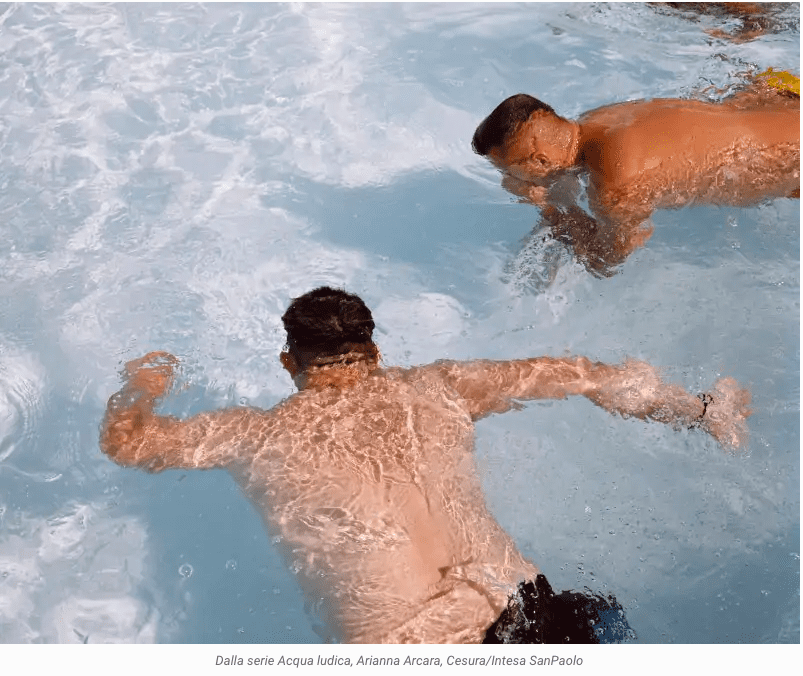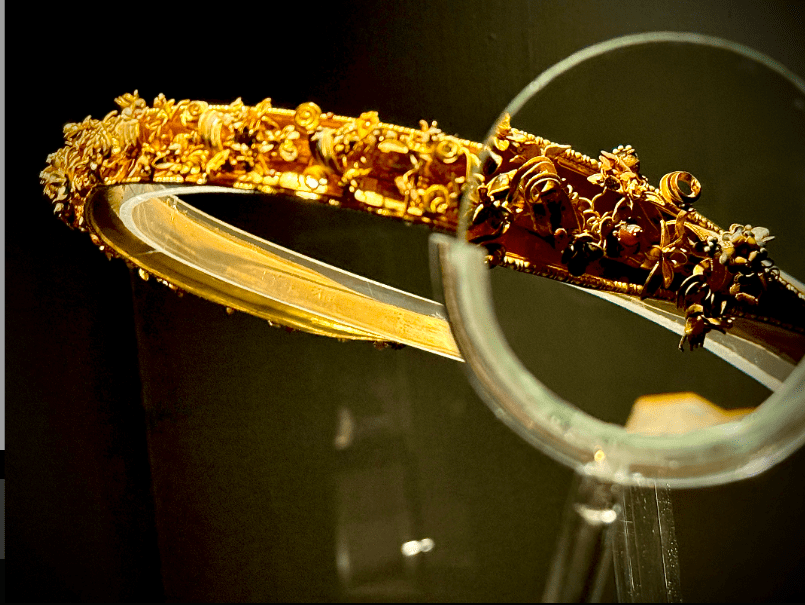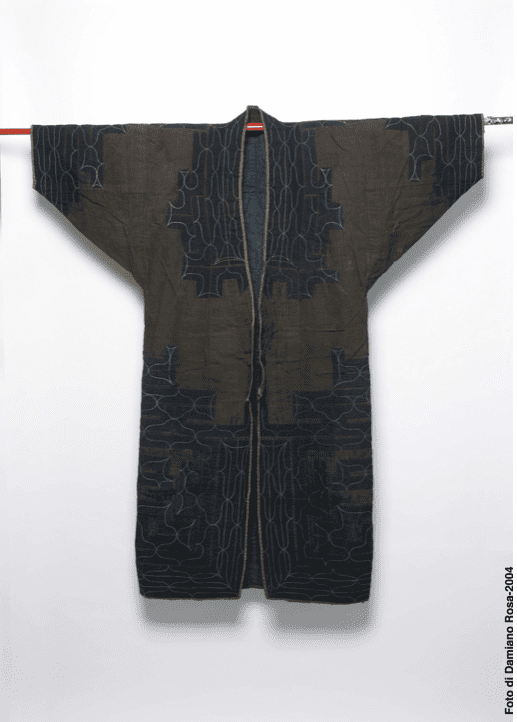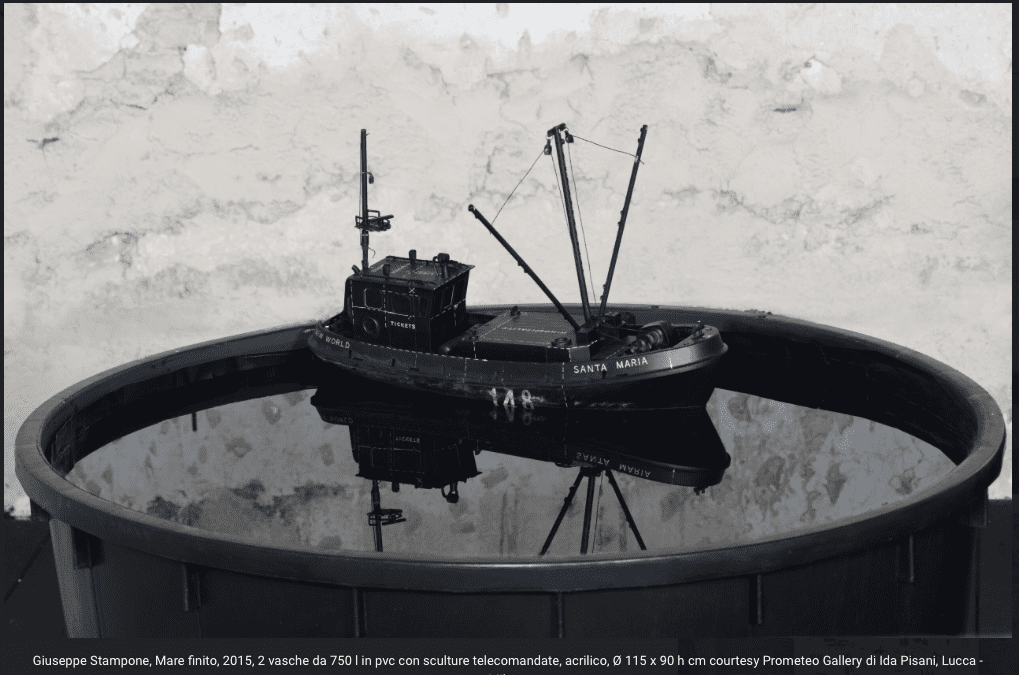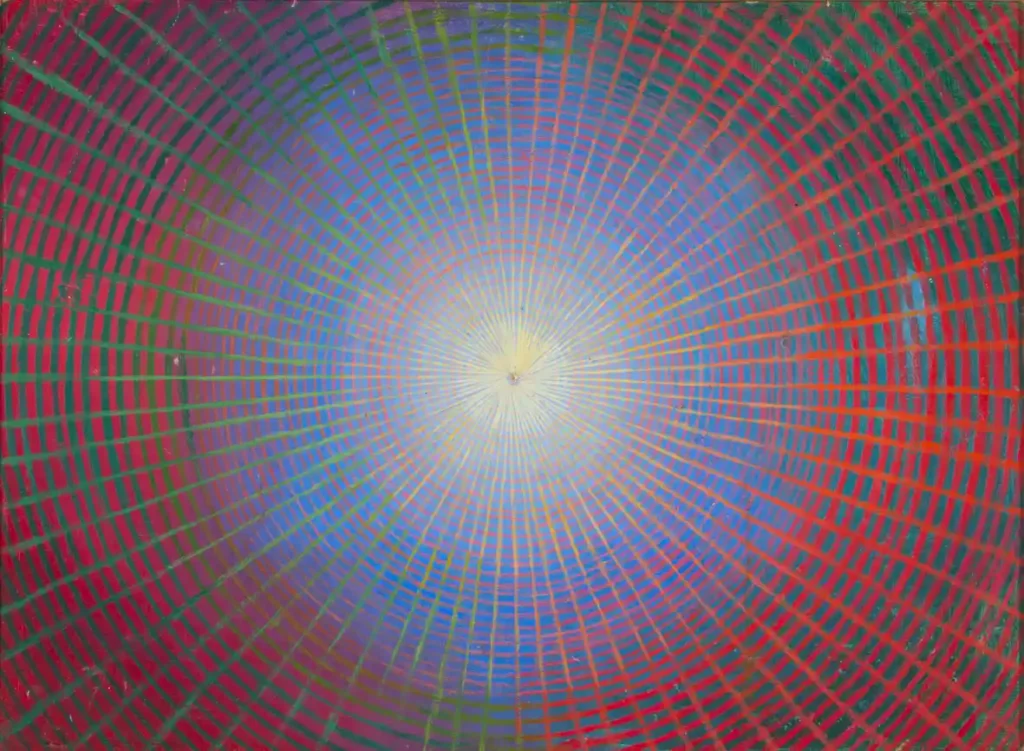
“Modernism is the original creation of enlightened human beings, it is the ultimate observation of the meaning of existence and the misery of reality; it keeps a wary eye on society and power; it never makes compromises and never cooperates.”
– Ai Weiwei
Ai Weiwei puts on his largest one-man exhibition yet at Berlin’s Martin-Gropius-Bau. Across 3,000 square metres, 18 rooms and in the spectacular Lichthof he will display works and installations that were either designed specifically for the Martin-Gropius-Bau or have not yet been shown in Germany.
From his simple but spacious studio on the rural outskirts of Beijing, Ai Weiwei has created a deeply political exhibition for Berlin. Evidence is the title of the exhibition: a term well known beyond the English-speaking world from American crime series on TV to mean proof that will stand up in court.
Ai Weiwei is one of the most internationally renowned artists working today. He is an artist, architect and politician. Very few of his works do not contain hidden allusions to internal Chinese affairs or to the subject of “China and the West” in general. One must learn to spot the ironical historical and political references in his works, which he sends out into the world like messages in bottles.
Chinese authorities detained him illegally for 81 days (“81”, 2014). He was kept in a cell in a secret prison where the light was switched on for 24 hours a day and he was always accompanied by two guards. Random arrests and corruption happen to regular Chinese citizens on a daily basis. Ai Weiwei refuses to accept this status quo. He demands freedom of speech, a fair distribution of power, and multiparty democracy. The infinite variety of forms offered by conceptual art allows him to express his ideas in a country where freedom of expression does not exist.
Although being very famous in China, official Chinese propaganda has attempted to erase him from public consciousness and has censored his work. He is not allowed to exhibit in any museum in China. Ai Weiwei’s instant response to this tactic was to turn the Internet into his permanent exhibition space: his now banned blogposts are outstanding, as is his current presence on Instagram.
He is constantly surveilled by cameras, placed before the door of his studio. His ironic response was to hang red lanterns on them and reproduce them in marble (Marble Surveillance Cameras, 2010). The actions of the regime have been incorporated into his conceptual art. Although he is allowed to travel within China, every step he takes is monitored by undercover agents. His passport has been confiscated to prevent him from travelling abroad.
Martin-Gropius-Bau displays, among the his works and installations, a golden copy of the zodiac sculptures (“Golden Zodiac”, 2011) cast in bronze (c. 1750) by Chinese craftsmen according to designs by the Europeans Castiglione and Benoist. They formed part of a kind of sun and water clock and were located in a garden commissioned by the Emperor which also featured buildings in the European style. In 1860, after the end of the Second Opium War, the entire garden was ransacked and torched by the rapacious British and French soldiers that had conquered Beijing in order to force China to take part in the opium trade. Some of these bronze zodiac figures found their way to Europe, and when they turned up in Paris in 2008 at an auction of Yves Saint-Laurent’s art collection they caused a sensation in the Chinese cultural sphere. Ai Weiwei does not accept the Chinese government’s stance, that these bronze figures are Chinese national treasures, declaring that, rather, they belong to the whole world.
For the exhibition at the Martin-Gropius-Bau, Ai Weiwei recreates the disputed Pacific Diaoyu Islands (“Diaoyu Islands”, 2013) in marble taken from a quarry near Beijing. Formed from the same marble used by China’s emperors for the Forbidden City as well as by the country’s present rulers for the Mao Mausoleum, his intention is to give an artistic form to a conflict that threatens today’s globalized world.
In some of Ai Wei Wei’s most import installations is clear the nexus with the current political affairs sphere and its transformations. Thus, the twisted reinforcing steel rods recall the terrible earthquake in Sichuan (“Forge”, 2008-2012; “Forge bed”, 2008-2012) and the 80,000 lives it claimed and through this, the mismanagement and corruption that exacerbated the disaster. The same can be said of his major work ‘1,800 Cans of Powdered Milk’, which he exhibited in Hong Kong for the first time in 2013 – a commentary on the scandal that erupted world-wide after Chinese children were poisoned by contaminated milk powder resulting from lax inspections.
Ancient Chinese materials are often used by the artist. He has occasionally said, that he wants to provoke an emotional reaction in the spectator by using contradictory elements – for instance, when he dips ancient ceramic vases from the Han Dynasty period (202 BC – 220 AC) in car paint in the same shades as are currently en vogue with the German luxury car owners in Beijing (Han Dynasty Vases with Auto Paint, 2013). Ai Wei Wei transfers Chinese art’s traditional and familiar iconography to today‘s “universal language” of globally practiced conceptual art.
The artist has assembled, in the large Lichthof of the Gropiusbau, 6,000 simple wooden stools (‘Stools’, 2014) of the type that have been used in the Chinese countryside for hundreds of years, since the Ming Dynasty (1368-1644). The result is an aesthetically pleasing, pixel-like work. These stools, according to Ai Weiwei, are an expression of the centuries-old aesthetic of rural China.
- Artists:
Ai WeiWei - Open:
Thursday, 03 April 2014 - Close:
Monday, 07 July 2014 - Address:
Martin-Gropius-Bau, Niederkirchnerstraße 7, 10963 Berlin, Germany - Mail:
organisation@gropiusbau.de - Phone:
+49 30 254 86 – 123 - Web:
Martin-Gropius-Bau - Opening hour:
Wed – Mon | 10am – 7pm - Closing day:
Tuesday - Admission:
General €11; reduced rate €8; Groups (five persons or more) €8 per person; Free admission for persons aged 16 or under - Photo credits:
1. Ai Weiwei © Gao Yuan; 2. Stools © Ai Weiwei, Photos © Reschke, Steffens & Kruse, Berlin/Köln; 3. Han Dynasty Vases with Auto Paint © Ai Weiwei, Photo © Mathias Völzke; 4.Souvenir from Shanghai © Ai Weiwei, Photo © Mathias Völzke; 5. Ai Weiwei, Beijing 1977, © Ai Weiwei. Courtesy of Martin-Gropius-Bau

